What’s the Difference Between Ruby, C# and JavaScript? And Which Program Is Right For You?
What’s the Difference Between Ruby, C# and JavaScript? All are object-oriented programming languages. But they teach code school students different things.

Even if you aren’t a computer programmer (yet!), you probably recognize some of the world’s most popular code languages, from long-standing classics like JavaScript to relative newcomers like C# and stalwarts in between like Ruby. These major, foundational programming languages are where Turing’s Back End, Front End and Launch students start their code journeys. But what are the differences between them?
For starters, while there certainly are differences between these languages, it’s important to note that they also share much in common. For example, all three are object-oriented, meaning that portions of the code can be used as interchangeable components throughout the script or in another web application. These qualities make JavaScript, C# and Ruby more intuitive to learn and quicker to deploy than some other computer programming languages.
Why else did we pick these languages to teach at Turing? Ruby is widely known for its simplicity with fewer symbols, intuitive structure and supportive developer community. JavaScript is an obvious choice for front-end students, because you need it to be a front-end developer. While JavaScript can be used for back-end programming, it is the leading front-end language for building dynamic user experiences. C# is most commonly used at large enterprise organizations, making it a good choice for our newest program, which is designed to support young professionals hoping to break into tech.
The popularity of these languages also means they have robust online support and communities that can help new programmers to further develop their skills. And because these languages also have a natural degree of overlap, they can be helpful for entry-level coders embarking on real-world jobs. A student who studied Ruby while in our Back End program can often go on to get a Python job, because those languages are both based on object-oriented programming concepts. Much of what you learn at Turing can be applied to other languages as you grow your skill set.
How Do I Pick the Right Programming Language for Me?
Every programming language has its benefits—code written in C# will compile faster than code written in Ruby, for example. The important thing for beginners is to learn one language and learn it REALLY well. Most of that knowledge can be applied to future languages, and if there's one thing we can be sure of, there will be more programming languages developed in our lifetime.
Success in computer coding is rooted less in fluency in any one particular programming language than in mastering the underlying concepts of back-end and front-end development. If you’re wondering how prospective students should pick a language to focus on, it can help to work backward from the kind of industry or niche in which you one day hope to work.
Ask yourself what languages are used in the type of career track you’d like to follow. And don’t worry too much—you can always learn more later. One of the simplest ways to explore which coding language seems like a strong fit is to sign up for one of Turing’s Try Coding sessions and see whether Ruby, C# or JavaScript feels right.
What Is the Ruby Programming Language
Ruby is a back-end programming language that is well suited to beginner and experienced coders alike. Devised in the 1990s and popularized after a related framework called Ruby on Rails was developed in the early aughts, Ruby is one of the most versatile and prevalent computer coding languages in use today.
An efficient open-source, object-oriented scripting language, Ruby is described as “procedural,” meaning it can be read from top to bottom like narrative text. Ruby is also popular for new code students because there is a robust online community that offers technical advice and online resources. The object-oriented aspect of Ruby makes it easy to take a modular approach to coding, too, and to see how other programmers have deployed their repeatable units of code to build a finished product.
What Is Ruby Programming Language Used For?
Ruby, and the related Ruby on Rails framework, are used to deliver information from a server to a client’s web browser. It can be used for everything from desktop applications to static websites, database and data processing applications, search engine applications like web scraping, and more.
Companies that use Ruby include Scribd, the BBC, MyFitnessPall, Fiverr, Basecamp, Goodreads, Tesla, Netflix, Apple, Kickstarter, Hulu, Strava, The New York Times, the Associated Press, and the Bleacher Report, to name a few.
What Is the C# Programming Language
C# is a newer back-end programming language than Ruby or JavaScript, designed in 2000 by Anders Hejlsberg at Microsoft. Like Ruby and JavaScript, C# is object-oriented and portable. Unlike its predecessors, however, C# is not open-source—although there are open-source compilers that increase the language’s accessibility.
C#’s origins as a Microsoft programming language help explain why it’s so popular with coders. After all, Microsoft claimed over 70% market share for desktop computer operating systems in 2021 and 2022. C# is also a helpful code language for beginners because it is strongly typed, meaning every variable and constant have a clear structure and categorization.
What Is the C# Programming Language Used For?
C# is incredibly versatile and can be used to develop everything from mobile and desktop apps to cloud-based applications, websites, enterprise software and even video games. It’s popular with programmers in some of the fastest-growing tech-adjacent sectors including finance, public and governmental services, healthcare and media. Because it’s so commonly used by large enterprises, it’s a natural fit for the Turing Launch program.
Companies that use C# include Microsoft (natch), DocuSign, Ryanair, Randstad, Intel, Comcast, Venmo, Stack Overflow, City National Bank, Delivery Hero, Whole Foods, Iflexion, Alibaba, Intuit and many more.
What Is the JavaScript Programming Language
JavaScript (not to be confused with Java) is the most powerful front-end programming language, because it's what powers dynamic user experiences. Any time a view changes on a webpage without you clicking to another page, there's JavaScript behind that change. It was initially developed by James Gosling as a proprietary project for Sun Microsystems.
What Is the JavaScript Programming Language Used For?
JavaScript has myriad applications, including web development, interactive maps, database development, data visualization, ticketing and bookings, mobile apps, virtual reality and online gaming. Because it was developed for web browser integration, it’s a natural choice for companies with complex or large-scale web interfaces, including streaming sites, e-commerce and social media platforms.
Companies that use JavaScript include Microsoft, PayPal, Trello, Netflix, Uber, IMDb, Meta, eBay, LinkedIn, WalMart, WhatsApp, the BBC, Twitter, Quora, Apple, Credit Karma, Grubhub, Google, Capital One, Citibank, Spruce and more.
The Difference Between Ruby, C# and JavaScript
The primary difference at Turing between Ruby, C# and JavaScript is whether you want to focus on back-end or front-end engineering, and at which stage of your educational and career journey you find yourself. If you’re trying to decide which programming language is right for you, it ultimately comes down to your career goals and style as a developer.
As part of the Try Coding program, we offer one-day live and instructor-led workshops in Ruby, C# and JavaScript, as well as a broader Which Program Is Right For You weekend session that explores both back-end and front-end languages. These events are a great opportunity to explore the basics of a foundational programming language and get a sense of what you’ll learn more in-depth if you enroll in one of Turing's programs.
Ready to start your journey with Ruby, C# and JavaScript? Get details on Turing’s code school scholarships and how to apply here.

